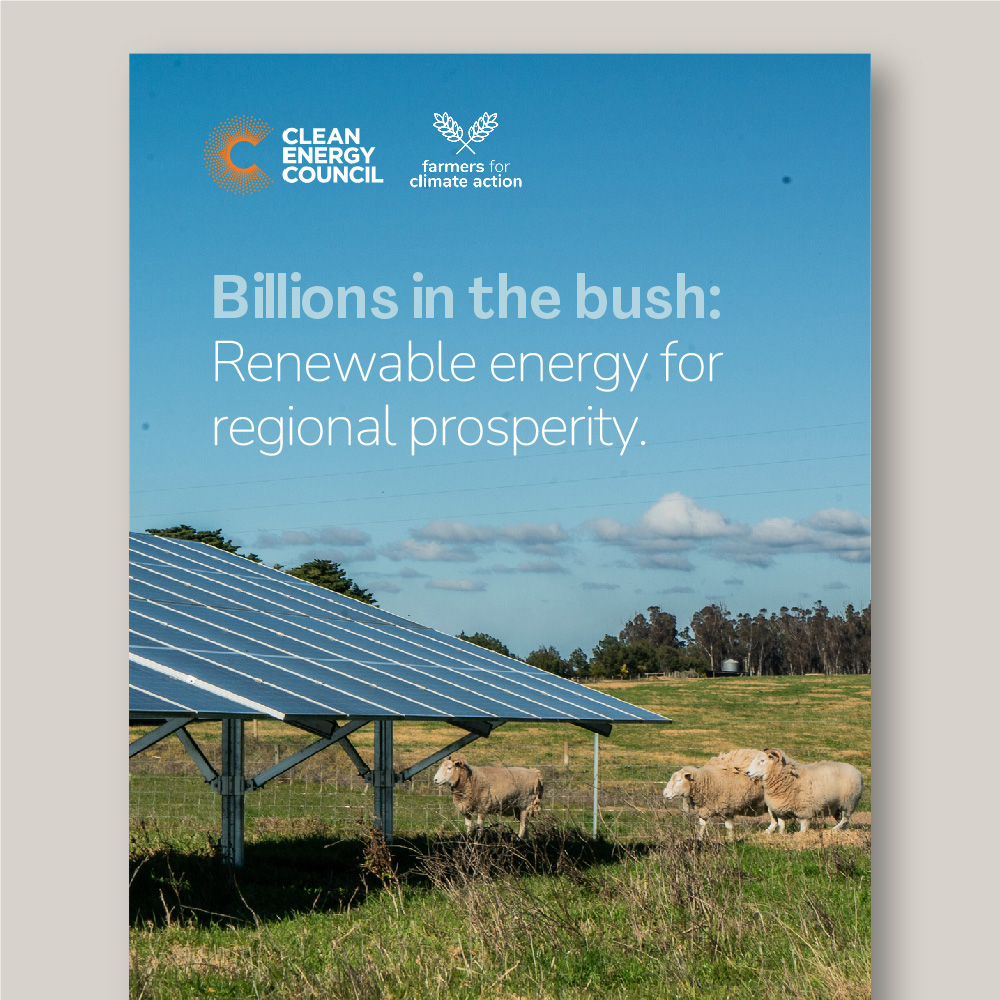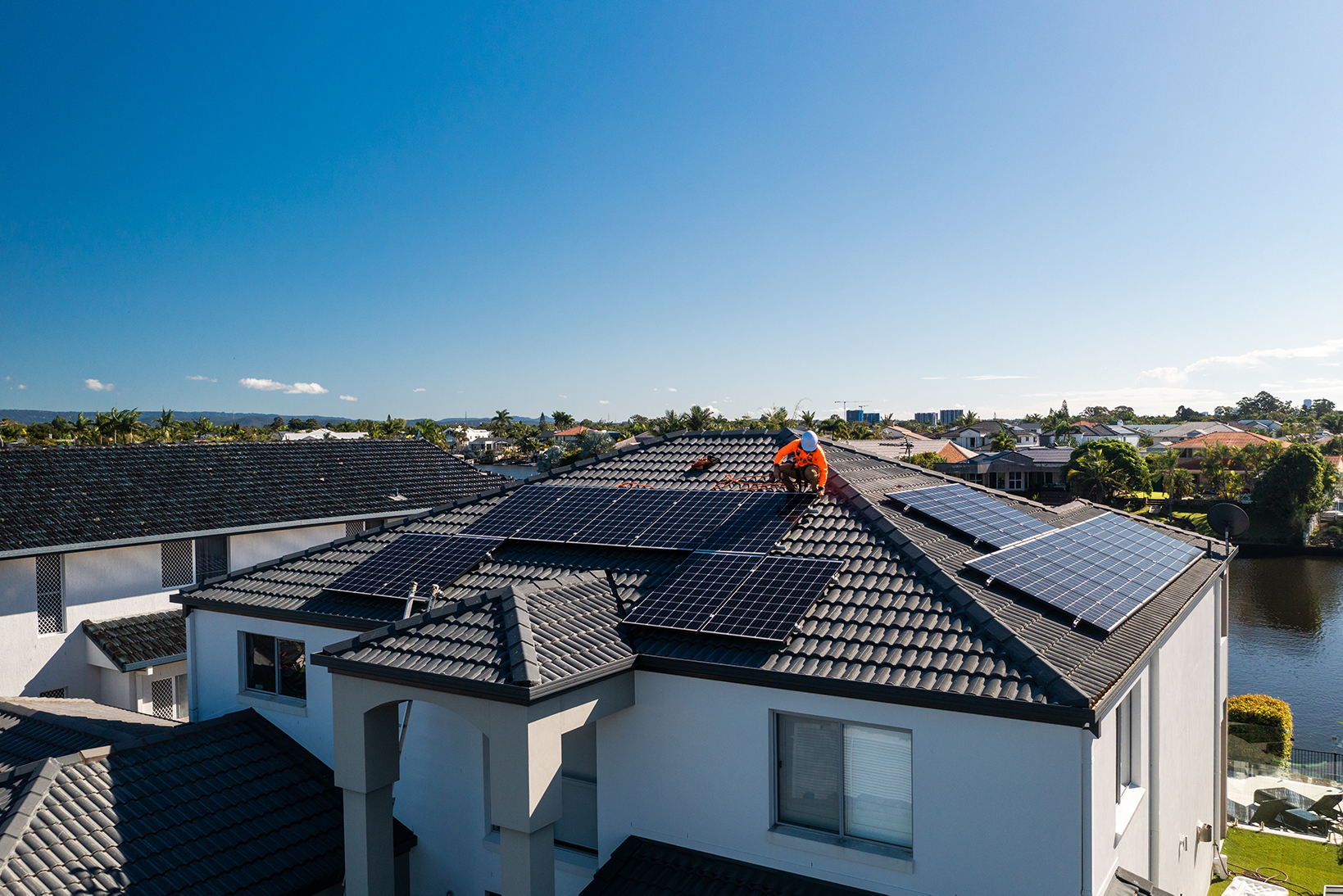Record-high average wholesale electricity prices of 2022 have driven up power bills for Australian homes by hundreds of dollars a year.
Several factors impact wholesale electricity prices, including weather-related demand, supply availability and commodity prices.
Over the last six months, the key driver of high electricity prices in Australia has been the high cost of operating coal and gas generators.
Government needs to look at ways to bring more clean, low-cost renewable energy into homes and to power industry without paying unreliable and expensive coal and gas to stay open, which ultimately results in more expensive electricity bills.
The good news is that renewable energy is already playing a significant role in helping to drive down wholesale electricity prices.
The 2021-22 CSIRO GenCost report[1] confirms past years’ findings that wind and solar are the cheapest sources of electricity generation and storage in Australia, even when considering additional integration costs arising due to the variable output of renewables, such as energy storage and transmission.
The Australian Energy Market Operator’s most recent Quarterly Energy Dynamics Report showed that the growth in large-scale solar and wind power meant renewable energy dictated price levels more frequently, rather than gas and coal and that reduced wholesale prices.
Early in 2022 with significant rises in wholesale electricity prices, AEMO said that the “reduced availability of thermal generators” (where approximately 30 per cent of coal power generation capacity in the NEM was offline) and “higher prices for key generation fuels, influenced by volatile international energy commodity prices” was to blame.
And that’s why the Clean Energy Council has called for measures that will directly impact the cost of living for Australian households and businesses:
1. Power more households with clean, low-cost renewable energy
- While over 3 million homes already have rooftop solar, low-income households, renters and those living in government housing need additional support to take advantage of the considerable cost-reduction benefits of rooftop solar.
- Governments should also provide support to make household batteries more accessible and accelerate their uptake. This will help consumers manage their power bills while supporting a more reliable and lower-cost electricity grid.
- And we need reform to the distribution networks to allow more small scale generation and to realise the benefits of things like community batteries
2. Modernise the electricity grid
- Investment in new transmission is needed to create a modern electricity grid that ensures that cheap, clean power flows from renewable energy projects to where customers need it most.
- The grid is crucial to balancing the energy system, but investment in this critical infrastructure has been plagued by bureaucratic processes and regulation that are not fit for purpose.
- Rapid implementation of the Federal Government’s Rewiring the Nation initiative, reform of regulatory tests, and collaboration with state governments to bring forward and coordinate new investment is crucial to unlocking the next wave of renewable energy projects.
- Transmission investment allows for power to be shared more effectively between states. This helps to unlock the best renewable resources to deliver the lowest cost energy nationally while maintaining reliability of supply. It also supports more competition between generators in different states. All of these factors will help to reduce energy prices for consumers over the long run.
Now is the time to double down on electrification through renewable energy, networks, and storage. This is the answer to many of the current issues not only in decarbonisation but also in the areas of affordability, energy autonomy, and security of supply.





